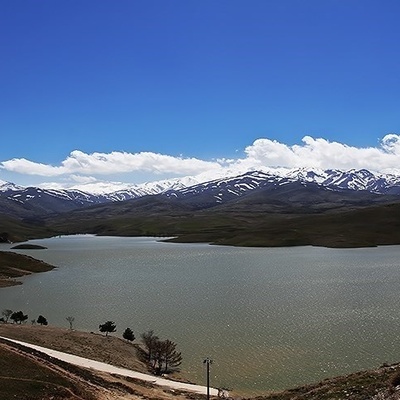SAEDNEWS: A recent sighting of Seyyed Meysam Khamenei, the Supreme Leader’s fourth son, dining simply with his family at the public food court of Shah Abdol-Azim Shrine has reignited discussion of austere lifestyles among Iran’s political elite.

According to Saed News, the uncomplicated lives of the Supreme Leader’s children have long captured media attention, from unadorned public appearances to grassroots participation in marches. The latest instance occurred when Seyyed Meysam Khamenei was spotted eating with his wife and children at the Shah Abdol-Azim Hasanī shrine’s cafeteria. Observers noted that Mr. Khamenei ordered a plainly prepared meal—and in a telling detail, consumed less than other family members—eliciting widespread approval on social platforms.
At the outset, it is essential to clarify that this report records only those moments documented publicly or shared online. Its publication is not intended to imply that other officials or their families do not embrace similar simplicity; it merely reflects what is known to us. Numerous public and private figures may lead comparably austere lives without broad recognition.
In everyday settings—on buses, in taxis, at universities, in classrooms, offices, banks, or even at home—ordinary Iranians often remark, when faced with hardship, that officials and their families surely never endure queues for transport, wait to procure meals, or worry about stretching limited resources. Such perceptions, fueled by selective images of privilege, sow distrust and cynicism, distracting attention from more substantive issues.
If one deliberately counteracts this bias and seeks evidence of frugal living among high-ranking figures, many examples emerge. Contrary to prevailing narratives of luxury, these individuals live like the broader populace, embodying an accessible social model rather than an unimaginable outlier.
A glance at Iran’s revolutionary history reveals leaders devoted solely to the ideals of Islam and the Revolution, forgoing worldly attachments. Martyr Prime Minister Mohammad-Ali Rajai, Asadollah Lajevardi, Martyr Ayatollah Madani, Martyr Sayad Shirazi, Martyr Marziyeh Hadidchi and others exemplified this ethos—and a simple Internet search uncovers vivid accounts of their people-centered lifestyles.


Former Supreme National Security Council Secretary Ali Shamkhani was photographed riding the Tehran metro alongside ordinary commuters—a move he has defended by rejecting excessive personal security. “We have robust security agencies; there is no need for protective entourages,” he declared, criticizing the distinction between necessary protection and pomp.
The recent cafeteria sighting reinforced the established pattern of the Supreme Leader’s family adopting plain attire and modest habits. Viewers online applauded the demure order and restrained consumption.
A one‑minute Instagram clip once showed then–ICT Minister Mohammad-Javad Azari Jahromi objecting to welcome banners at a public event, insisting officials eschew such ostentation. Walking among the pilgrims of Arbaeen with his family, he reiterated his distaste for pomp, further endearing him across political lines.
Retired Deputy Chief of Staff and former Army Commander-in-Chief Ataollah Salehi attended a commemoration of Martyr Sayad Shirazi in a standard Peykan government car, rejecting formal motorcades. That minimalist gesture, widely circulated, was warmly received by citizens.
These snapshots of frugality among Iran’s elite, though few, stand in stark contrast to widespread perceptions of privilege. Their rarity underscores the disconnect between everyday expectations and the lived reality of some officials. As noted at this article’s outset, even modest publicity of such examples can foster social cohesion—reminding the public that, at least occasionally, those in power share their daily experiences.

